Beneath the shimmering surface of aquatic environments, a complex social drama unfolds daily among exotic fish species. Territorial behavior—the instinctive defense of physical space—represents one of the most fascinating aspects of fish psychology and social structure. From the vibrant coral reefs of the Pacific to the carefully curated home aquarium, fish establish, defend, and negotiate territories in ways that reveal remarkable intelligence and evolutionary adaptation.
This territorial instinct serves multiple purposes: securing resources, establishing breeding grounds, and ensuring survival advantages in competitive environments. Understanding these behaviors not only enhances our appreciation of these magnificent creatures but also provides crucial insights for successful aquarium keeping and conservation efforts. Let’s dive deeper into the fascinating world of territorial behavior in exotic fish species.
The Evolutionary Basis of Territoriality

Territorial behavior in exotic fish didn’t develop by chance but evolved over millions of years as a survival strategy in response to environmental pressures. At its core, territoriality represents an evolutionary adaptation that allows fish to secure and defend resources that are critical to their survival and reproductive success. These resources typically include food sources, shelter from predators, suitable breeding sites, and optimal water conditions that might be limited in their natural habitat.
Research suggests that territories are particularly important in environments where resources are unevenly distributed or limited, creating competitive pressure that favors individuals capable of securing and defending these areas. The energy invested in territorial defense is balanced against the benefits gained, illustrating a sophisticated cost-benefit analysis that has been refined through natural selection over countless generations.
How Fish Establish Territories

Establishing a territory typically begins with a fish selecting an area that meets its specific biological needs, whether that’s a section of coral reef, a particular depth zone, or a segment of riverbed. Once selected, fish employ various methods to claim these spaces, often starting with exploratory behavior where they survey the area’s boundaries and resources. Many species then engage in what ethologists call “advertisement behaviors”—visual displays, specific swimming patterns, or even acoustic signals that announce their presence and territorial claim to potential competitors.
Physical markers may also play a role, with some species altering their environment by moving substrate, clearing debris, or even constructing structures that serve as territorial boundaries. This establishment phase is critical, as the quality of territory often directly correlates with the fish’s future success in feeding, avoiding predation, and reproducing.
Territorial Size and Boundaries

The size of fish territories varies dramatically between species, ranging from just a few square inches for some small reef-dwelling species to expansive territories that can span hundreds of feet for larger predatory fish. Several factors influence territorial size, including the species’ body size, feeding habits, population density, and the availability of resources in the environment. Boundaries are rarely fixed or absolute—rather, they exist as gradient zones where territorial defense becomes increasingly intense as competitors approach the center of the territory.
Some species maintain “core areas” that are defended vigorously, surrounded by “buffer zones” where territorial responses are less aggressive. Interestingly, research has shown that in many species, these boundaries can shift seasonally or in response to changes in resource availability, demonstrating a dynamic approach to territorial management rather than rigid defense of fixed spaces.
Visual Displays and Communication
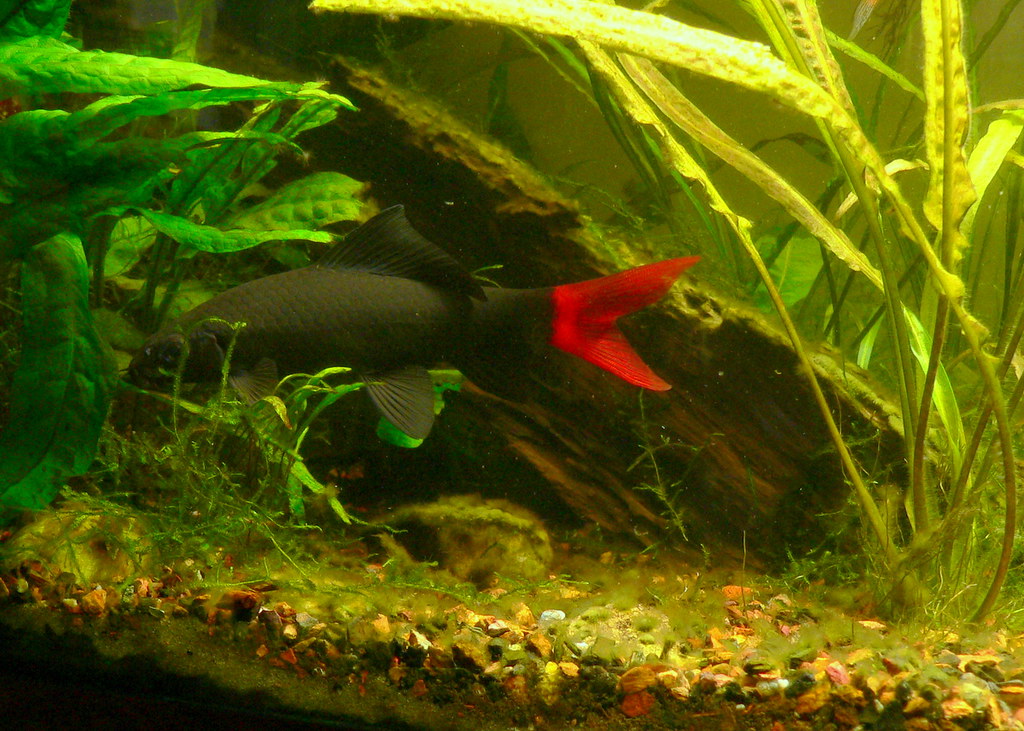
Visual communication forms the foundation of territorial interactions among most exotic fish species, with a remarkable array of displays that signal ownership and intention. These displays often involve dramatic changes in coloration—many cichlids, for example, intensify their colors or reveal specific patterns when defending territory. Body positioning plays an equally important role, with lateral displays (showing the broadside of the body) making the fish appear larger to potential challengers, while head-down or head-up postures may signal different levels of aggression or submission. Fin extensions, where fish spread their fins to maximize apparent size, serve as another common territorial signal. The sophistication of these visual communications allows for nuanced interactions, often enabling territorial disputes to be resolved without physical combat, thereby conserving energy and reducing the risk of injury for both the territory holder and challenger.
Acoustic and Chemical Signaling

Beyond the visible spectrum, many exotic fish species employ sophisticated non-visual methods to establish and defend territories. Acoustic communication has been documented in numerous species, with territory holders producing specific sounds through mechanisms such as grinding pharyngeal teeth, vibrating swim bladders, or striking body parts together. These sounds can travel considerable distances underwater, allowing fish to announce territorial claims even when visual contact isn’t possible. Chemical signaling represents another crucial communication channel, with many species releasing specific pheromones or other chemical compounds that mark territorial boundaries.
These chemical markers can persist in the environment for extended periods, effectively creating a persistent territorial claim that doesn’t require the fish’s constant presence. Research has revealed that some species can detect and interpret chemical signals with remarkable precision, distinguishing between the markers of familiar neighbors and unknown intruders, which may explain the “dear enemy” phenomenon where established neighbors receive less aggressive responses than strangers.
Aggression Levels and Fighting Techniques
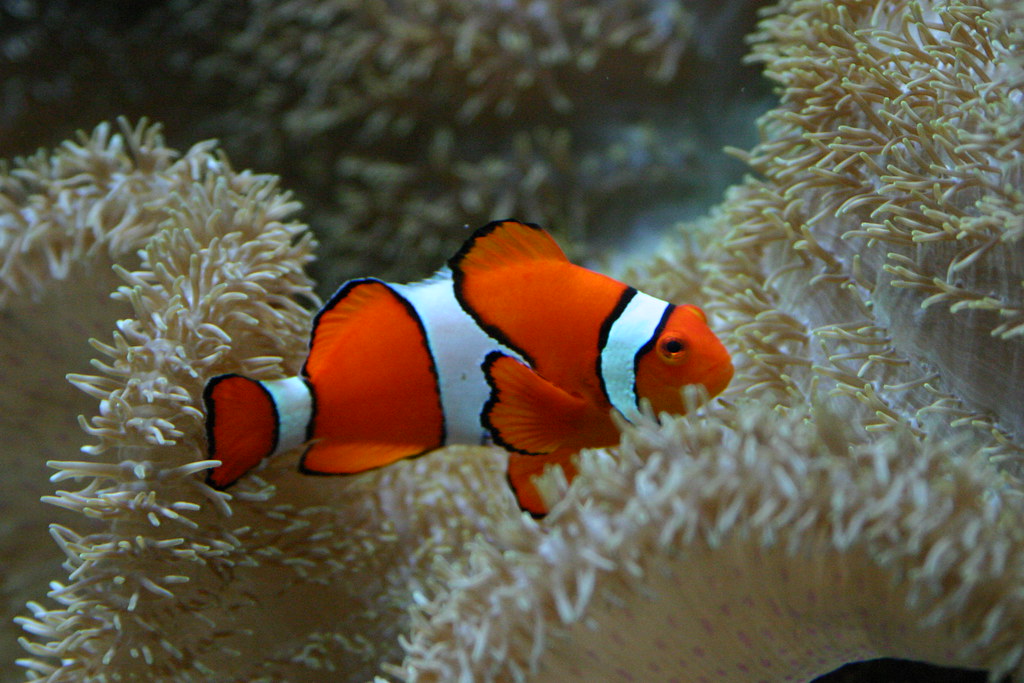
When territorial disputes escalate beyond displays, fish employ a fascinating range of physical confrontation techniques that vary dramatically between species. Mouth wrestling, where opponents lock jaws and push against each other, is common among many cichlid species and tests strength without causing significant injury. Tail slapping, where fish use their caudal fins to create powerful water currents directed at opponents, serves as another low-risk confrontation method. In more intense conflicts, some species engage in ramming behaviors, charging at competitors with their heads or flanks to physically displace them from the territory.
The escalation of these conflicts typically follows predictable patterns, starting with less costly displays before potentially progressing to more dangerous physical confrontations. Research suggests that these graduated response systems represent evolutionary adaptations that balance territorial defense against the risks of serious injury, allowing fish to resolve most disputes without dangerous all-out combat.
Species-Specific Territorial Behaviors
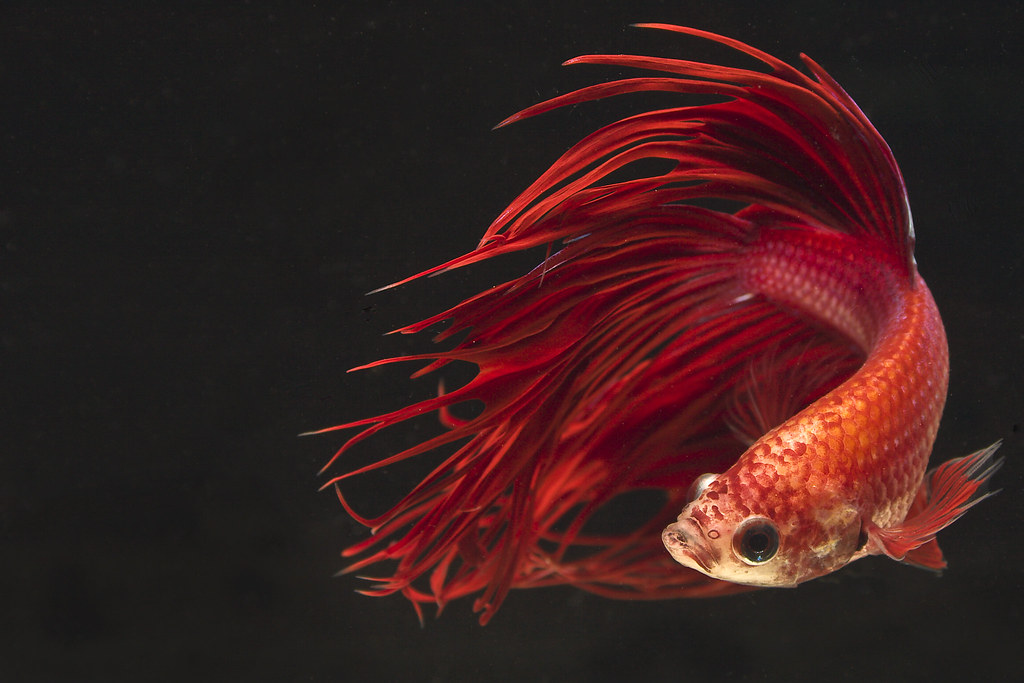
The expression of territoriality varies dramatically across different fish families, reflecting their unique evolutionary histories and ecological niches. Cichlids, particularly those from the African Great Lakes, exhibit some of the most complex territorial systems, often defending breeding sites with elaborate displays and cooperative defense between mated pairs. Bettas (Siamese fighting fish) have become famous for their extreme territorial responses toward other males, evolving their spectacular fin displays and aggressive behaviors in the shallow, resource-limited waters of Southeast Asia.
Clownfish display a fascinating form of territoriality centered around their symbiotic anemone hosts, with strict hierarchies determining which individuals can approach or reside within this protective habitat. Triggerfish adopt a distinctive approach to territory defense, creating cone-shaped defensive zones that extend upward from their nesting sites on the reef floor, aggressively chasing away intruders who enter this three-dimensional territory. These diverse approaches to territoriality highlight how different evolutionary pressures have shaped unique behavioral adaptations across the fish world.
Breeding Territories and Parental Care

Reproduction represents one of the most powerful drivers of territorial behavior, with many species establishing specific breeding territories that differ from their everyday spatial requirements. These breeding territories are often selected based on precise criteria—appropriate substrate for egg attachment, optimal water flow, defensible boundaries, and protection from predators. The intensity of territorial defense typically increases dramatically during breeding periods, with normally peaceful species sometimes becoming surprisingly aggressive when guarding eggs or fry.
Many substrate-spawning cichlids exemplify this pattern, with pairs collaboratively defending a carefully prepared spawning site and then vigorously protecting their developing offspring. In some species, this parental care extends beyond hatching, with adults maintaining territories that serve as protected nurseries where young fish can develop safely. This reproductive territoriality illustrates how the evolutionary imperative to ensure offspring survival has shaped complex behavioral systems across many fish lineages.
Territorial Dynamics in Reef Environments
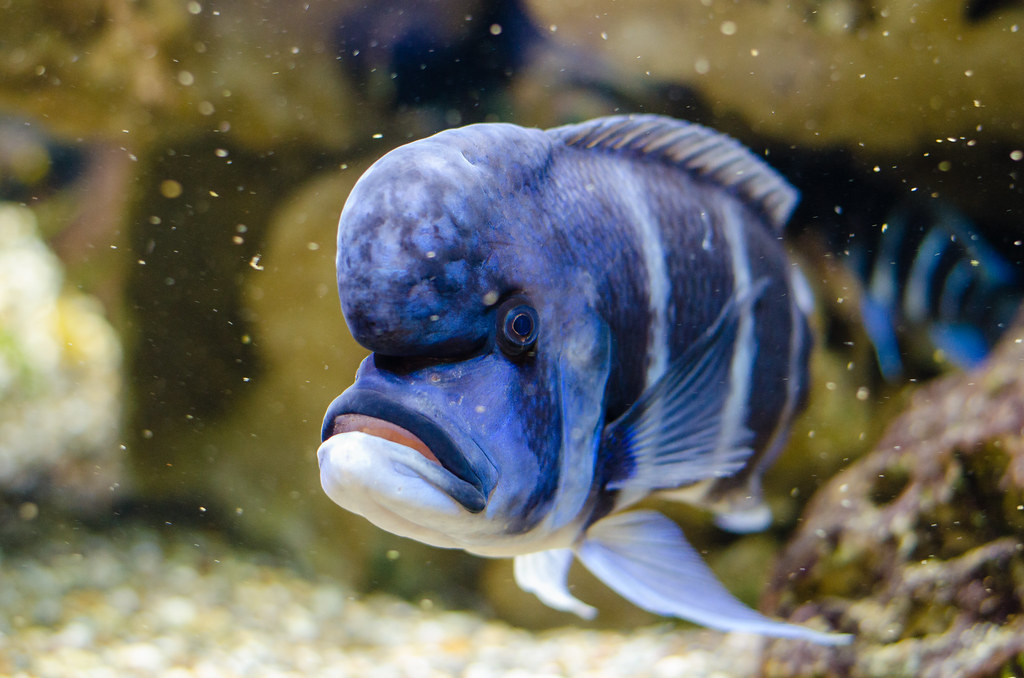
Coral reef ecosystems host some of the most complex territorial systems found anywhere in the animal kingdom, with the three-dimensional structure of reefs creating a mosaic of microhabitats that support diverse territorial arrangements. Damselfish represent master territorial managers in these environments, with some species actively “farming” algae patches within their territories, removing undesirable algae species while nurturing their preferred varieties. Vertical zonation creates additional territorial complexity, with some species defending territories at specific depth ranges that correspond to their physiological adaptations and feeding preferences.
The concept of “time-sharing” territories has been observed in some reef systems, where different species may use the same spatial area but at different times of day, effectively reducing competition while maximizing the use of limited reef real estate. These sophisticated territorial systems contribute significantly to the overall structure and function of coral reef ecosystems, influencing everything from algae growth to predator-prey dynamics across the reef community.
Managing Territorial Behavior in Home Aquariums
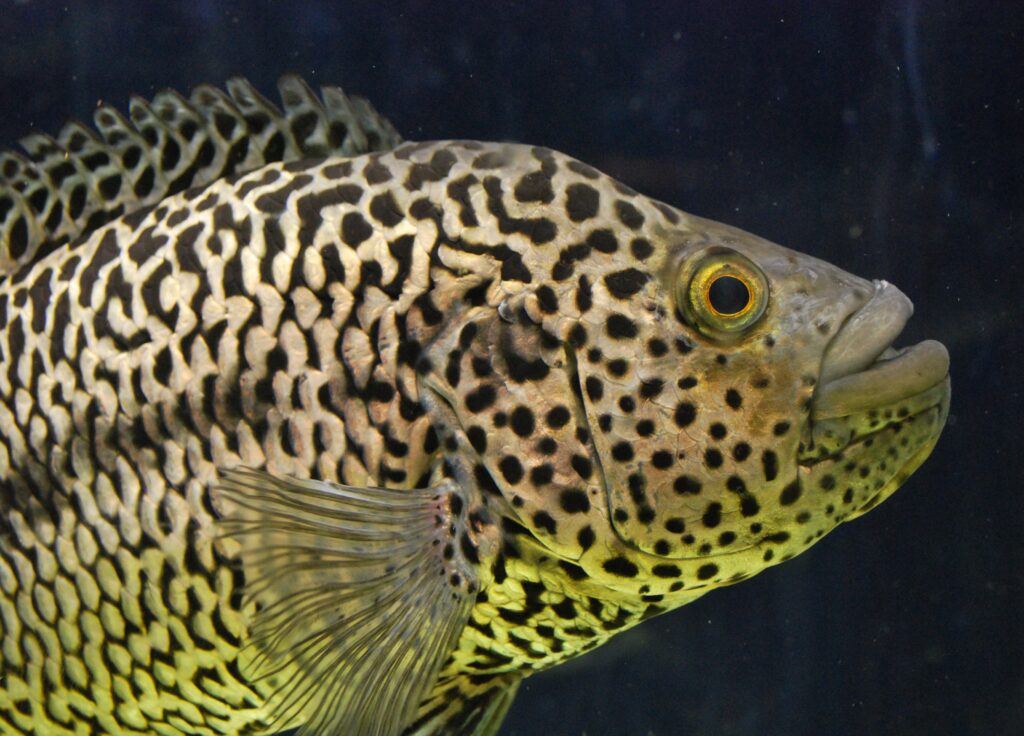
Successfully managing territorial aggression represents one of the greatest challenges for aquarists keeping exotic fish species. Aquarium design plays a crucial role in mitigating territorial conflicts, with thoughtful aquascaping creating visual barriers, multiple distinct territories, and adequate hiding places that allow subordinate fish to escape aggression. The strategic introduction of new fish can significantly impact territorial dynamics—adding multiple new fish simultaneously often reduces aggression by distributing territorial responses rather than focusing them on a single newcomer. Species selection requires careful research, as compatibility often depends not just on size but on understanding which species compete for the same spatial niches or resources within the aquarium ecosystem. Temporary territory modification techniques, such as rearranging décor when introducing new specimens, can disrupt established territories and give newcomers a better chance to establish their own spaces before aggressive patterns become entrenched.
Territory Size Requirements for Popular Exotic Species
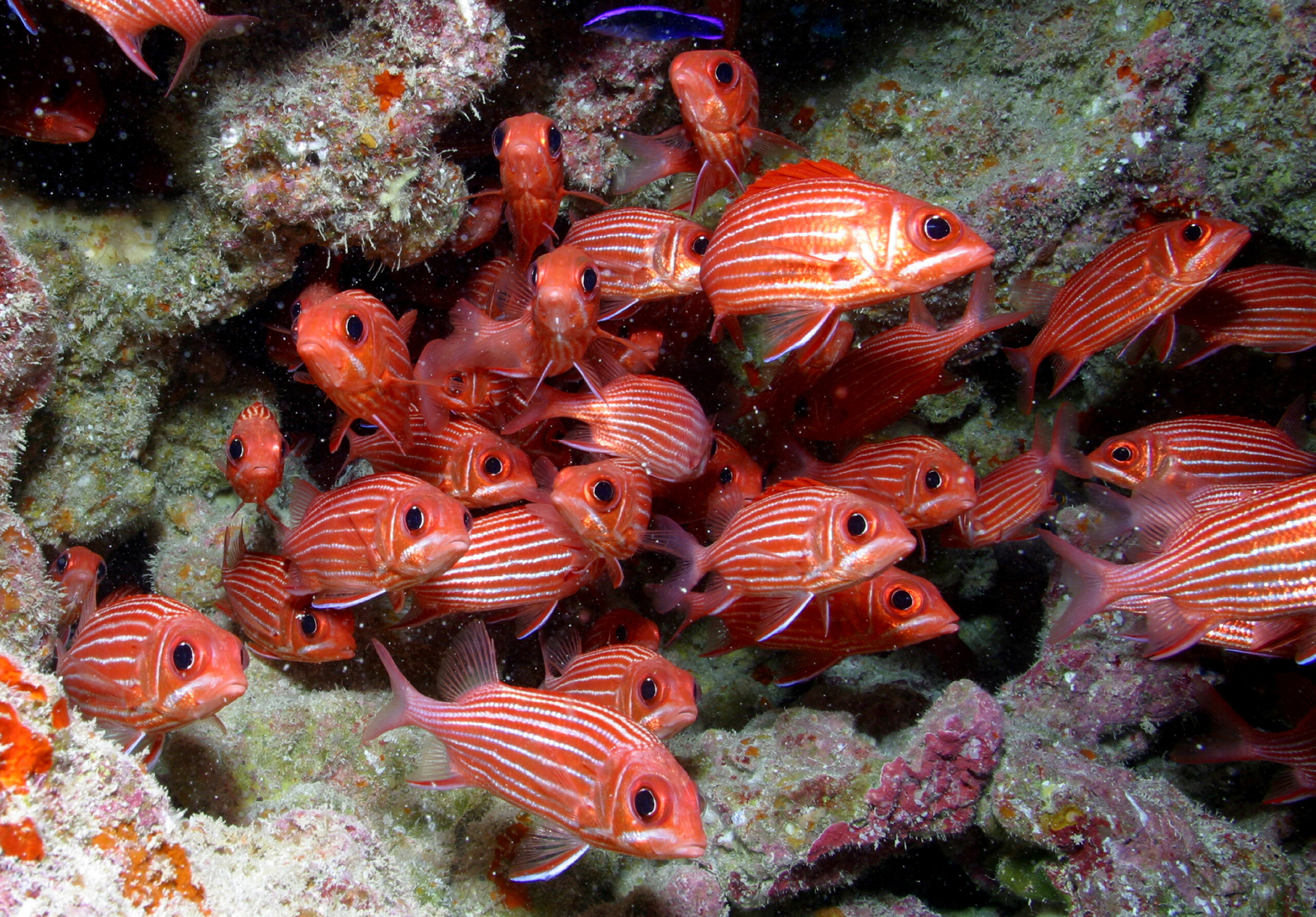
Understanding the specific territorial requirements of exotic fish species is essential for their proper care in captivity. Oscar cichlids (Astronotus ocellatus), despite their popularity, require substantial territories of at least 30-40 gallons per fish, with inadequate space frequently leading to chronic stress and aggression. The peacock bass (Cichla species), prized by many advanced aquarists, needs even larger accommodations, with adult specimens requiring hundreds of gallons and becoming highly territorial during breeding periods.
Even smaller species like the German Blue Ram (Mikrogeophagus ramirezi) establish defined territories during breeding, with pairs typically claiming 12-18 square inches of substrate for their spawning sites. Saltwater species often have equally specific requirements—the magnificent Picasso Triggerfish (Rhinecanthus aculeatus) may patrol territories exceeding 100 gallons in the wild and requires spacious aquariums with carefully designed rockwork to create appropriate territorial boundaries. These spatial requirements aren’t arbitrary but reflect the evolutionary adaptations of each species to its natural habitat.
Seasonal Changes in Territorial Behavior
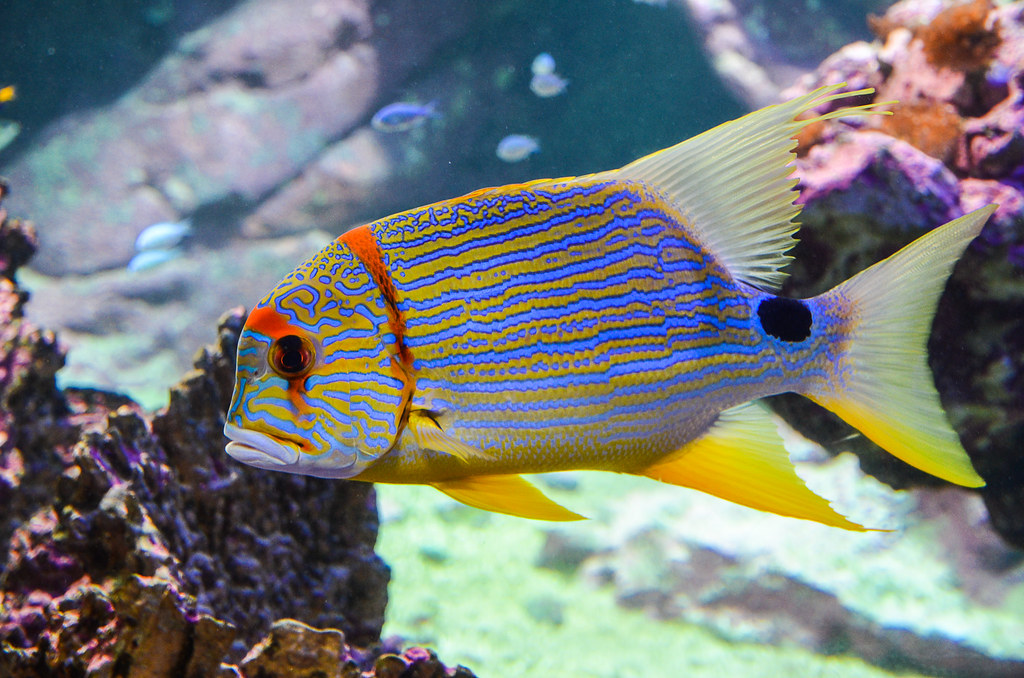
Territorial behavior in many exotic fish species isn’t static but fluctuates with seasonal changes that affect their biology and ecological needs. Breeding seasons typically trigger the most dramatic shifts, with previously tolerant species becoming vigorously territorial as they prepare nesting sites and protect developing offspring. Environmental cues such as temperature changes, altered day length, or seasonal water chemistry shifts often serve as triggers for these behavioral transitions, activating hormonal responses that modify territorial instincts. Some species display reduced territoriality during food-scarce seasons, conserving energy by decreasing defense efforts when the benefits of exclusive resource access are diminished.
Migratory species present particularly interesting cases, sometimes abandoning territories entirely during certain seasons as they move between feeding and breeding grounds, then reestablishing them upon return. Understanding these seasonal patterns is crucial for both field researchers studying natural populations and aquarists managing captive specimens, as it allows for better prediction and management of territorial conflicts.
Conservation Implications of Territorial Behavior

Territorial behavior has significant implications for the conservation of threatened exotic fish species and the management of aquatic ecosystems. Habitat fragmentation poses a particular challenge for territorial species, as the reduction of suitable habitat forces more individuals to compete for limited territorial spaces, potentially increasing stress and mortality in wild populations. Marine protected areas and freshwater reserves must be designed with an understanding of the territorial requirements of target species, ensuring they’re large enough to accommodate natural territorial behaviors that are essential for successful reproduction and population sustainability.
Invasive species management often must account for territorial dynamics, as highly territorial invasive fish can sometimes displace native species from critical habitats through aggressive competition rather than direct predation. Conservation breeding programs for endangered fish species increasingly incorporate knowledge of territorial requirements, creating specialized breeding facilities that accommodate natural territorial behaviors to improve reproduction success rates. By understanding and respecting these territorial needs, conservation efforts can better address the complex behavioral ecology that underlies healthy fish populations.
Conclusion
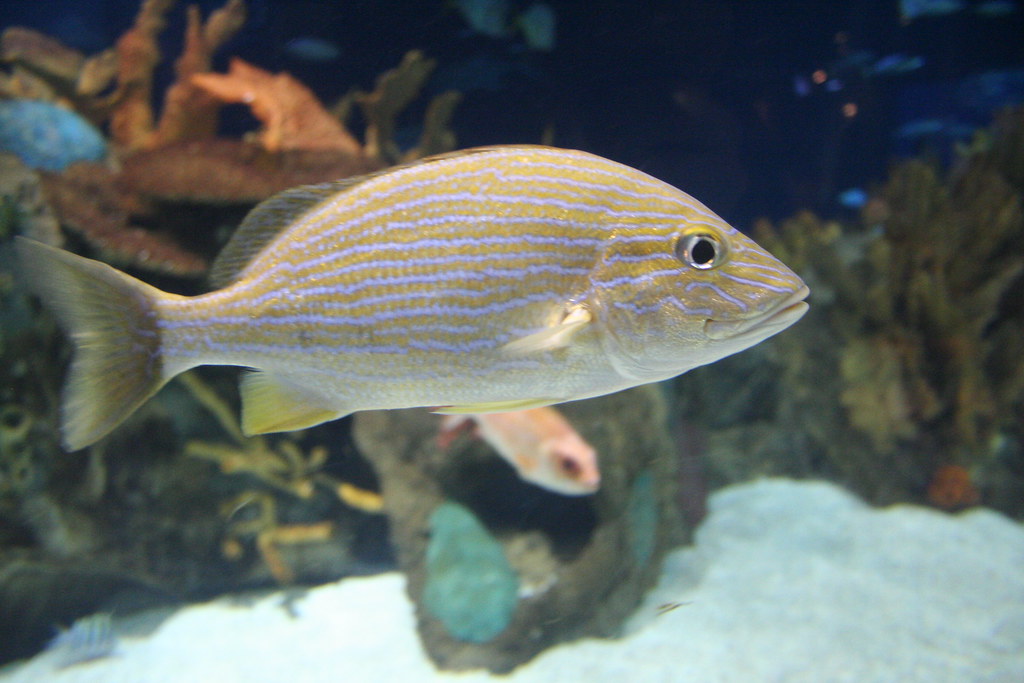
The study of territorial behavior in exotic fish reveals a fascinating intersection of evolution, ecology, and animal psychology. These territorial systems—whether expressed through vibrant displays, chemical signals, or physical confrontations—represent sophisticated adaptations that have evolved to help fish secure the resources they need to survive and reproduce. For aquarists, understanding these behaviors is not merely academic but practical, providing essential insights for creating environments where exotic fish can thrive.
For conservationists, this knowledge guides efforts to protect natural habitats and manage threatened populations. As we continue to explore the underwater world, the territorial dynamics of exotic fish remind us that beneath the surface beauty of these creatures lies a complex social world shaped by millions of years of evolution—a world that deserves both our scientific curiosity and our environmental stewardship.




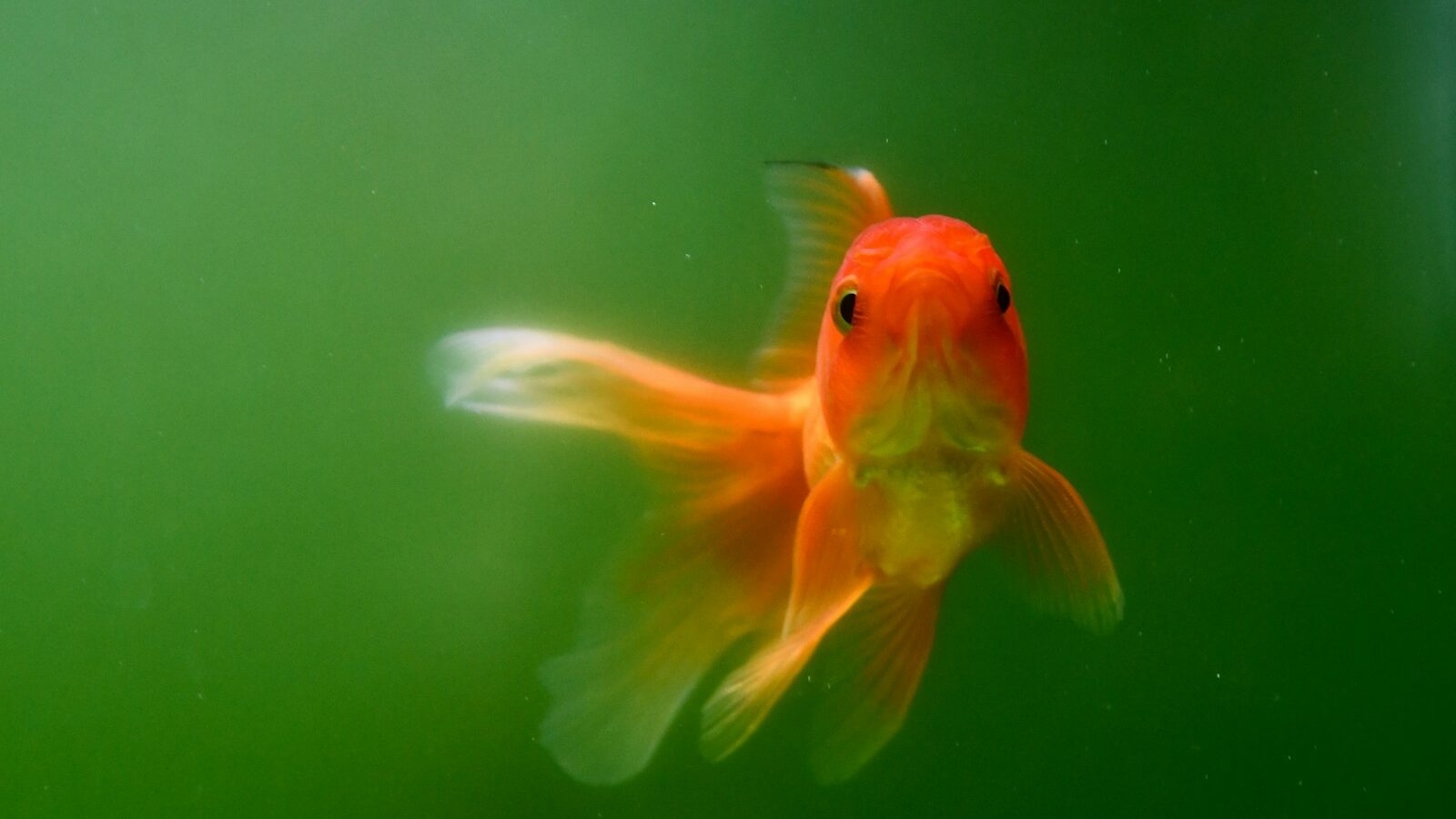


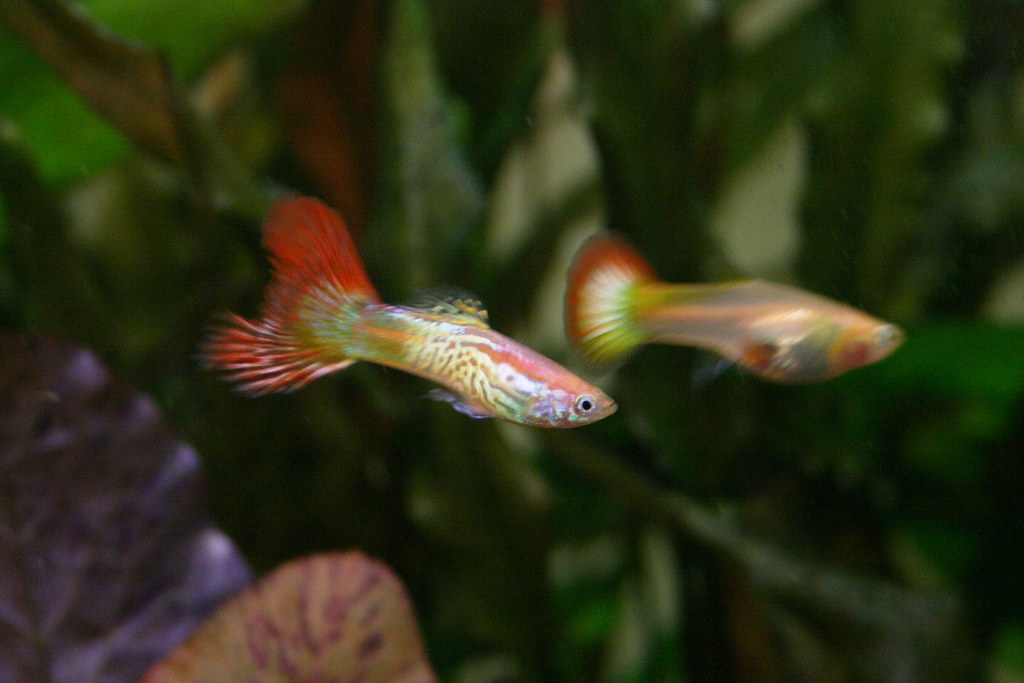




Leave a Reply